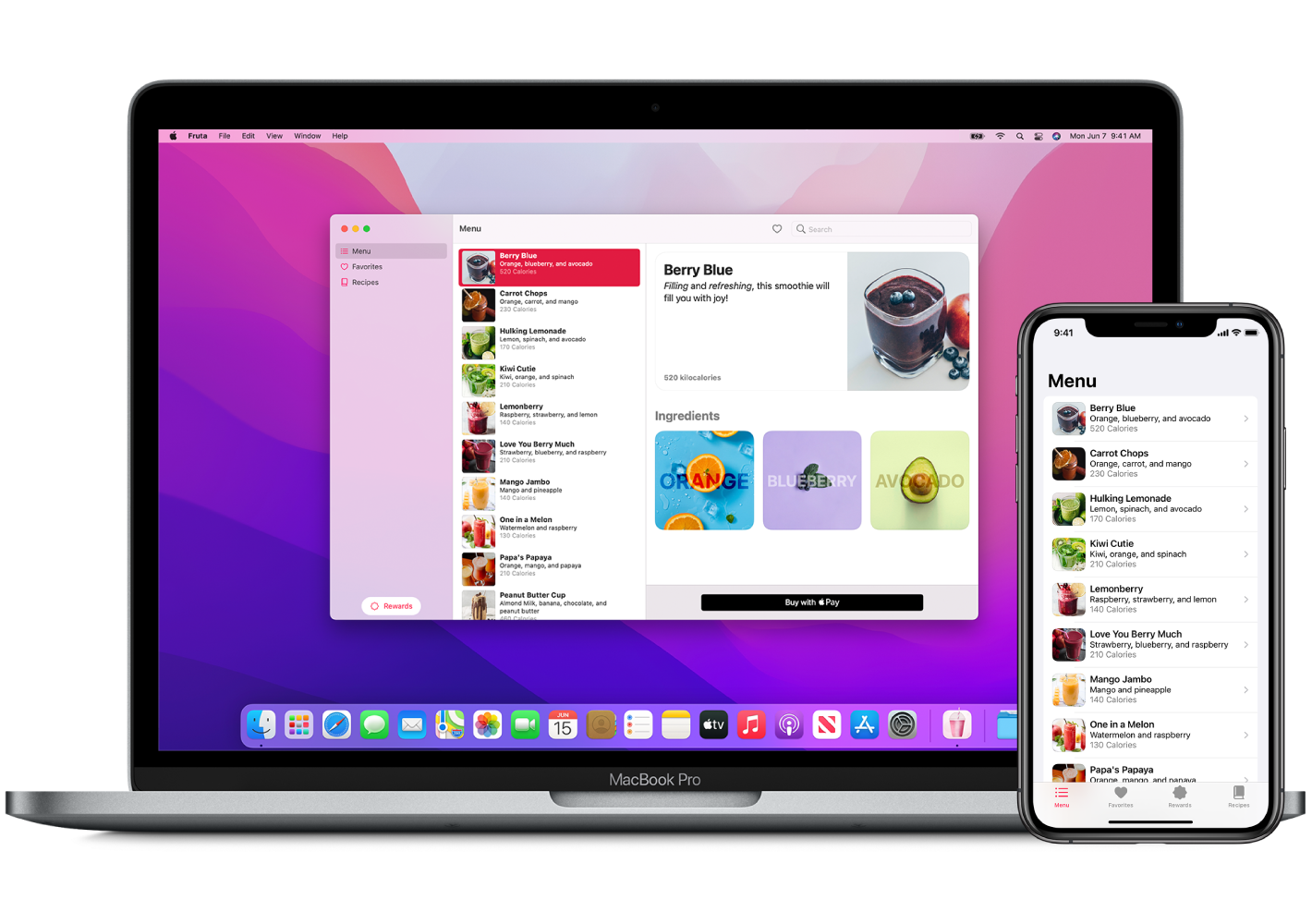
Apple's Quartz Event Taps API is also a Section 508 enabling technology.īecause support for Accessibility and Quartz Event Taps is built into every standard macOS User Interface element, the frameworks are capable of much broader uses. The Accessibility API is designed for use both by developers incorporating its features into their own applications and by manufacturers of assistive technology devices for users with disabilities. Compliance with Section 508 is a binding legal prerequisite for sale of computer and other products to the federal government and to many state agencies and educational institutions. Together, the PFAssistive and PFEventTaps Frameworks have been maintained over a period of many years, and they have demonstrated their power and reliability in PFiddlesoft’s popular developer utilities as well as major commercial third-party applications.Īpple's Accessibility API grew out of Section 508 of the Workforce Investment Act of 1998 and its requirements regarding access to electronic and information technology for persons with disabilities.
SWIFT MAC OS FRAMEWORK FULL
This means you can now learn one language and one layout framework, then deploy your code anywhere.The PFiddlesoft Frameworks bring to macOS developers the full range of Accessibility and Event Taps technologies needed to write assistive applications and other software that explores, monitors and controls the User Interface elements of most macOS applications. That’s what it means by declarative: we aren’t making SwiftUI components show and hide by hand, we’re just telling it all the rules we want it to follow and leaving SwiftUI to make sure those rules are enforced.īut SwiftUI doesn’t stop there – it also acts as a cross-platform user interface layer that works across iOS, macOS, tvOS, and even watchOS.
SWIFT MAC OS FRAMEWORK UPDATE
We already told it what to show based on whether the user was logged in or out, so when we change the authentication state SwiftUI can update the UI on our behalf. Instead, we let SwiftUI move between user interface layouts for us when the state changes. We don’t need to write code to move between those two states by hand – that’s the ugly, imperative way of working! We might say if we’re logged in show a welcome message but if we’re logged out show a login button. In contrast, declarative UI lets us tell iOS about all possible states of our app at once. If you’ve ever used an app that says you have 1 unread message no matter how many times you try to tell if you’ve read the darn thing, that’s a state problem – that’s an imperative UI problem. If we have two Booleans, A and B, we now have four states:Īnd if we have three Booleans? Or five? Or integers, strings, dates, and more? Well, then we have lots more complexity. If we have one screen with one Boolean property that affects the UI, we have two states: the Boolean might be on or off. Imperative UI causes all sorts of problems, most of which revolve around state, which is another fancy term meaning “values we store in our code.” We need to track what state our code is in, and make sure our user interface correctly reflects that state.

In an imperative user interface we might make a function be called when a button was clicked, and inside the function we’d read a value and show a label – we regularly modify the way the user interface looks and works based on what’s happening.

SWIFT MAC OS FRAMEWORK HOW TO
That’s a fancy way of saying that we tell SwiftUI how we want our user interface to look and work, and it figures out how to make that happen as the user interacts with it.ĭeclarative UI is best understood in comparison to imperative UI, which is what iOS developers were doing before iOS 13. SwiftUI is a user interface toolkit that lets us design apps in a declarative way.


 0 kommentar(er)
0 kommentar(er)
